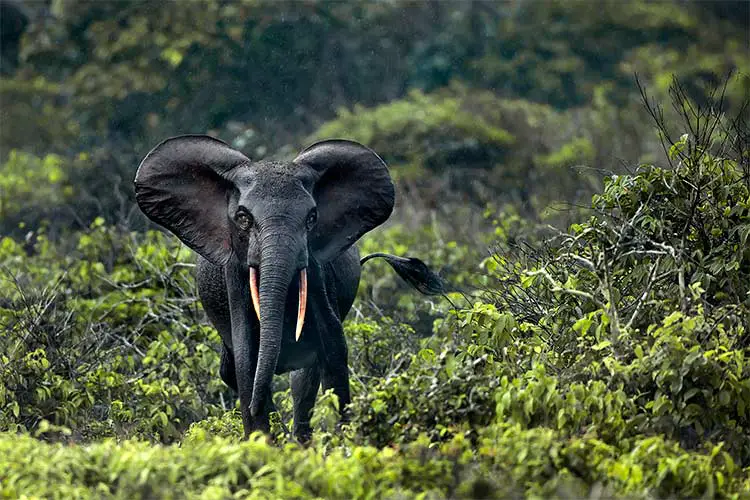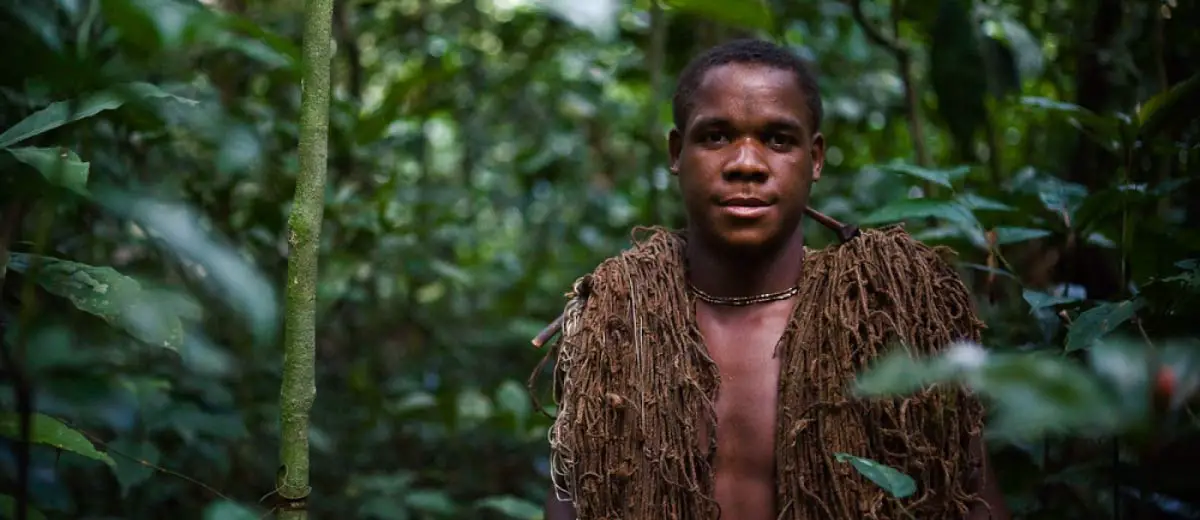Central Africa
The once-remote region of Central Africa has long been a destination for adventurers seeking to explore the banks of the Congo, though in recent years more laid back travellers seeking tropical climates, friendly peoples, and unique history have become more and more attracted to the region. The countries in this region include Congo, Gabon, Chad, Cameroon, the DRC, Angola, the Central African Republic, Sao Tome and Principe and South Sudan. Modern humans first settled the region as early as 18,000 years ago, though archaeological evidence suggests that our hominoid ancestors lived in the region as early as 100,000 years ago.
These first humans largely segregated into tribal groups, but eventually developed into a number of flourishing empires. The first recorded group of humans in the area were the Pygmy people, as well as the Bantu. The Sao Empire held the region for nearly 2000 years, from 600 BCE to 1600 CE, and specialized in metalworking and jewellery making. This civilization played a key role in Central African history, and even today many Central Africans boast of their direct descendant from the Sao people, especially in the regions surrounding Lake Chad.
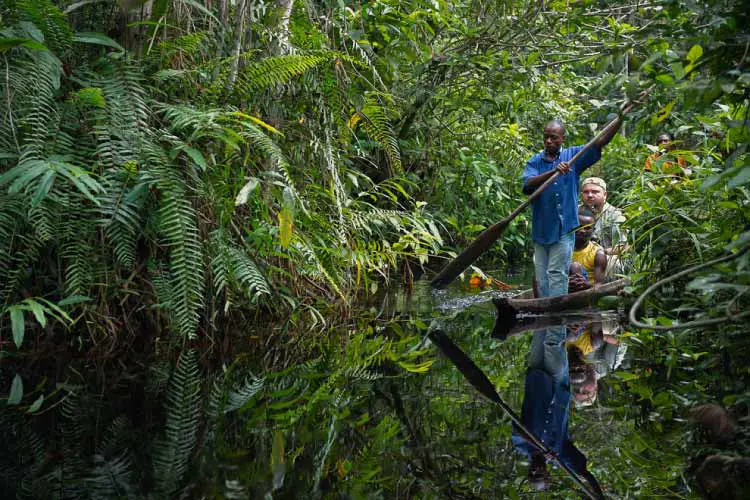
Several other empires also sprung up during this time, including the Kanem and Borno Empires. Formed during the 15th century, the Kongo Empire also ruled much of Central Africa’s lands, due largely to their superior weapons and plethora of skilled artisans. The Kongo Empire also provided numerous slaves for the European slave trade during the 16th and 17th centuries. In the early 1800’s, European colonial powers took control of the region, and the British and French took control of the majority of Central Africa.
Though the boundaries these two European powers decided upon are still largely intact today, the countries of Central Africa all gained independence in the late 1950s and early 1960s. The exception to this statement is South Sudan, which wouldn’t gain its independence until 2011 after a 50-year civil war with the Republic of Sudan. Today, Central African culture reflects both pride and adherence to the land’s native peoples and customs and its strong British and French influences. Furthermore, the region has focused on internationalization and globalization through much of the 21st century, which serves to further accentuate Western influence.

Central Africa Highlights
Loango National Park, Gabon
Because of the political instability and safety concerns that plagued most of Central Africa, traditional tourist destinations like resorts are few and far between. However, a recent trend of ecotourism has brought large numbers of visitors to the region’s national parks. The Loango National Park in Gabon particularly draws visitors, largely due to the vast stretches of land in the park which have been entirely untouched for centuries. Besides offering miles of unspoiled beaches, the park also developed several “eco-camps” that offer access to the park’s unique wildlife, including a large population of western lowland gorillas.
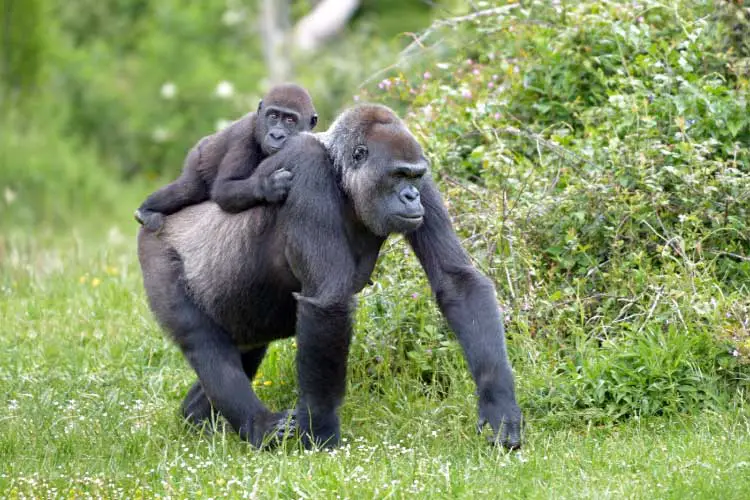
Kinshasa, DRC
If you’re the type of traveler who prefers buildings to trees, Kinshasa in the DRC is the region’s largest city, as well as being the largest French speaking city in the world (including Paris). Though the city once suffered from widespread internal conflicts, by and large it has recovered at a remarkable rate, due largely to the money and influence of a handful of Chinese corporations that have taken an interest in the city. Street art dominates the city, with the most famous market being Le marché des valeurs. Remember that haggling is expected throughout Central Africa, and a merchant’s asking prices will typically be a little more than double the item’s actual worth.

Central African Food
Food in Central Africa reflects both traditional dishes and French influences. Rice, potatoes, fish, chicken, and tropical fruits are the most commonly consumed food items, often combined with a spicy chili sauce called berbere. Occasionally, more adventurous eaters could try monkey and boar, as well as some of the other game meat found throughout the region. In larger cities, French delicacies (particularly beignets) are quite common.
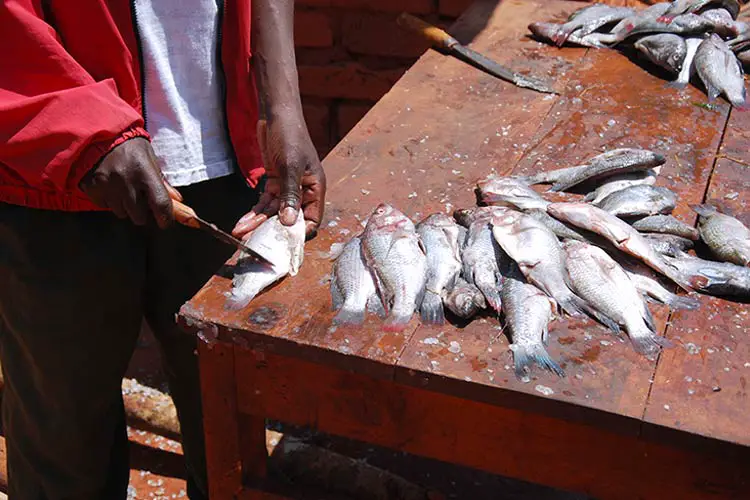
Wildlife in Central Africa
The largely tropical and wet climate of Central Africa allows for the development of huge amounts of flora and fauna. Big cats such as lions, cheetah, and leopards exist throughout the region, as well as elephants, buffalo, giraffes, and rhinos. Numerous birds, including vultures, falcons, snipes, and smaller migratory birds, also call Central Africa home. Seeing the Wildlife in Central Africa will be a highlight of your trip.
